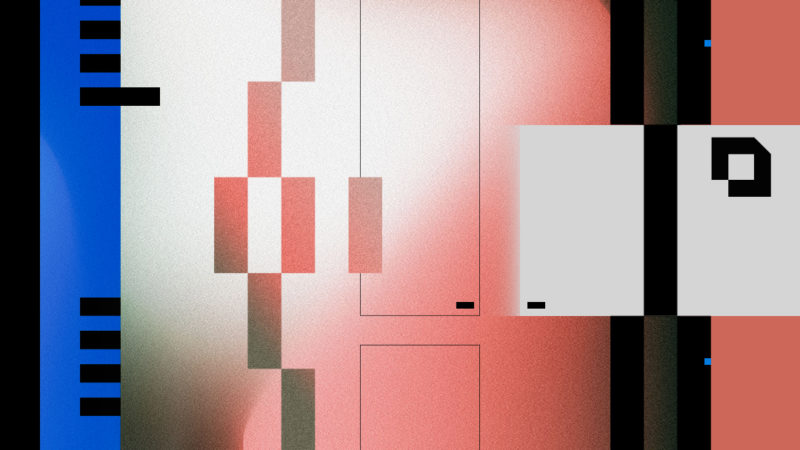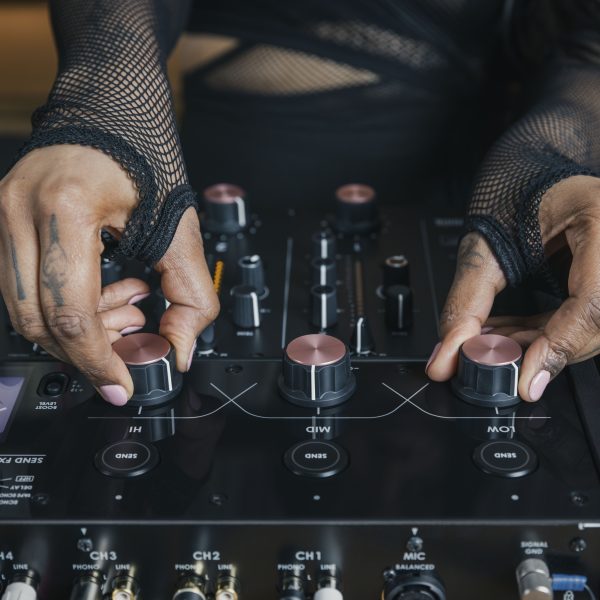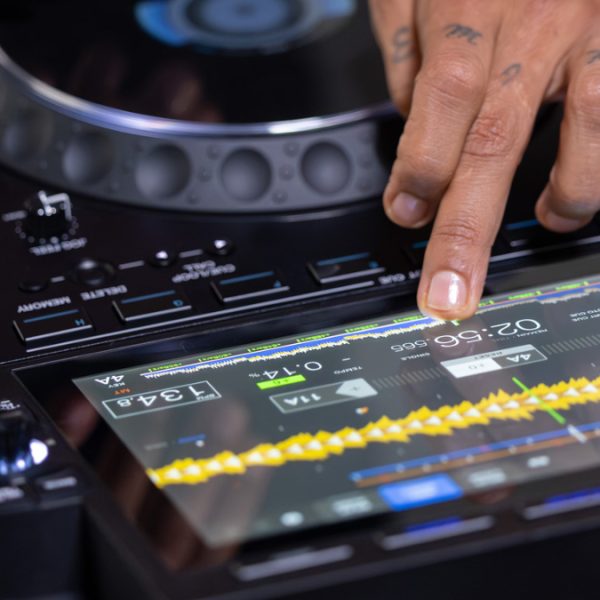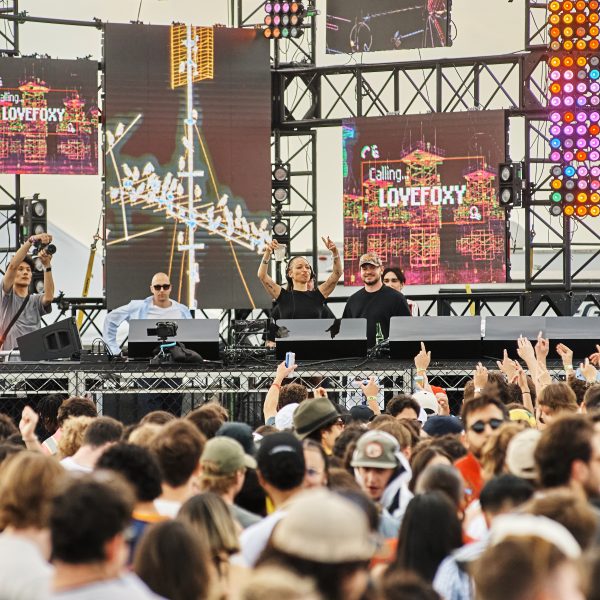It’s not so much a rule, more of an arrived-at position by feedback from our audience, but BPM-wise we tend to spend a lot of our time now between 120 and 150 BPM. We’ll dip down to 100 or 105 BPM in sections. We will peak up to 160 to 170 BPM in some sections. But generally speaking we have this mid-tempo that we focus on and accent up or down during the set, and the number of times we do that depends on the set’s duration.
Our decision about what tempo to start at is purely dependent on what the frontrunner is for the opening track. Sometimes that’s faster, around 170, sometimes that’s slower, down at 105. And I guess because the majority of what we play is plus or minus 140 BPM, that’s what it ends up being most of the time. But that’s not a decision that’s just about the quantity of material available to us, so it’s more likely it will fall into that range.
So we play from 100 BPM all the way to 170 BPM. As long as it’s got some kind of hip-hop feel to it, we’ll cover that genre. We probably consider the 100 BPM stuff to be a bit more risky. We’ll only veer towards that with the right audience. And actually increasingly, uptempo—160, 170 BPM stuff—if it’s not part of the kinda footwork/jungle tradition, if it’s more kinda traditional beat-scene stuff, I guess there’s less of that we’re into these days, so it’s a smaller proportion of the set, maybe a quarter at maximum. We’ll always veer there but probably less so than in years gone by.
We make abrupt tempo shifts. We tend to do this using the mixer effects. We create an “ether section” where the first track, which represents the new spell of BPM, probably has quite an ambient, percussion-and-time-signature-free intro, and that ends up just growing out of the ether that has been created by [using effects on] the last moments of a previous track at a different BPM.
Big genre changes, big tempo switches are a risky thing to do. So I think the way we think about it is we imagine we will play, say, four or five tracks in a row of a similar BPM family, but actually when it comes to play this thing we will do maybe seven or eight tracks, and if that section is not working we will curtail it down to three tracks, and do some kind of switch to another BPM. And if it feels like it’s really working, we probably won’t take that risk and reward the audience with another five or ten minutes of that BPM before we decide to go off and do some big change.
So there are basically three ways that we do BPM switches. The first is the “ether” technique we’ve already spoken about. The second is in sync mode: a gradual changing of pitch of the master track whilst it’s in the mix. I think BPM changes go unnoticed if they happen while two tracks are being mixed together. If it’s happening over one track it’s easier to perceive there’s this BPM change happening, and that can sound quite pleasant but also sound a little bit awkward at times, so we tend to do this when in the mix. The third technique is if it’s a really big change, like, say, 170 down to 120, we’d put the master track into a loop and then in wide mode slowly bring that loop down, so it feels almost like an elongated vinyl break but with another track being mixed in as this long descend takes place. Again, having two tracks in the mix when doing big BPM changes helps disguise what’s going on.
As long as it’s a fast-sounding half-time track and a slower sounding double-time track, going in either direction—from double to half or half to double—can seem quite effortless. If you’re going from a very sludgy half-time track to a very pacy-sounding double time track, that tends to sound quite jarring and a bit of a shock. But I guess there’s a school of thought where big shocks in a DJ set are actually quite pleasant for some people’s style and some people’s genre preference. For us, we play meditative music, so that lends itself to more elongated, gradual, hidden-sounding mixes.




